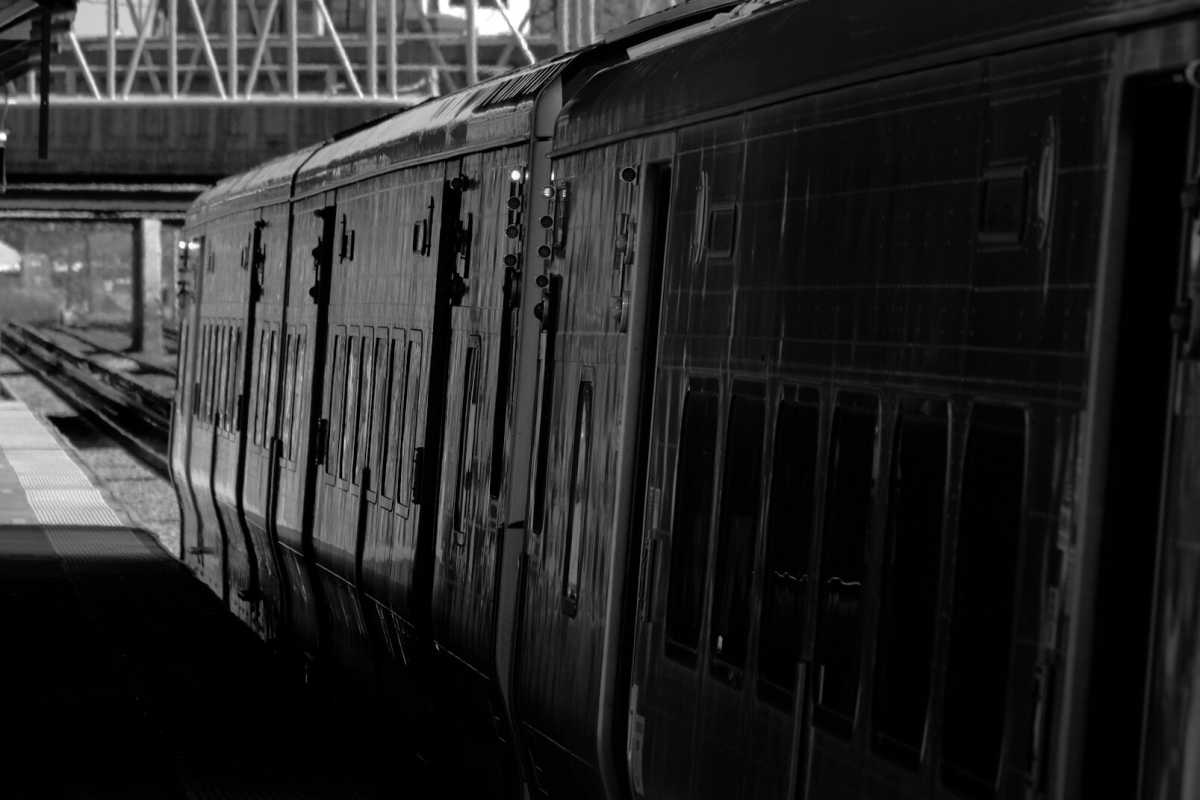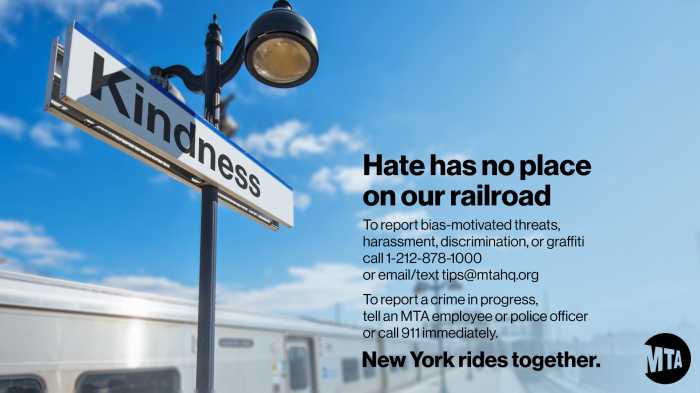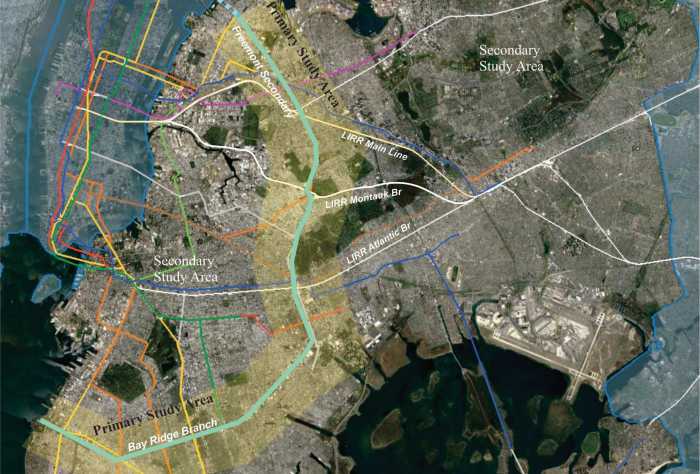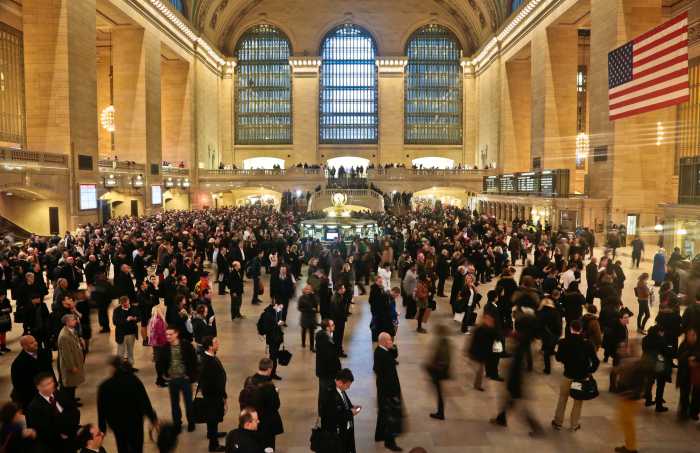Governor Andrew Cuomo is telling the Metropolitan Transportation Authority to put more trains on Long Island Rail Road lines where service levels were recently “rightsized,” transit jargon for fewer trains for fewer riders.
The result was more crowded trains with little space for social distancing, something Cuomo believes needs to be addressed for the safety of riders.
“We had a situation with the Long Island Railroad, where they reduced service due to reduced ridership. That did not work. Certainly didn’t work well,” Cuomo said. “There were a lot of reports of overcrowded trains. We don’t want overcrowded trains, especially during this period of COVID. So I’m calling on the Long Island Railroad to reverse what they’ve done. Increased service, you don’t want crowded trains, crowded platforms now I understand the financial constraints, I understand, is a reduced ridership, but it’s smarter to have fewer people on a train.”
LIRR President Phil Eng said the agency would begin phasing service back to previous levels with a full transition scheduled for the end of the month.
“We heard our customers’ concerns about our new schedule loud and clear. As a result, we will restore our previous timetable on March 29,” Eng said. “In the meantime, we will continue to strategically add additional trains and lengthen trains to meet evolving ridership levels. We continue to monitor seating availability with unprecedented clarity thanks to new technology. As declining COVID-19 cases and increased deployment of the vaccine allow New York to fully reopen, customers should expect to see more riders returning to trains every day, and we look forward to it.”
Eng explained the rationale behind the decision to cut service back on Monday that they would adjust service as they saw fit. But ultimately, $6.5 billion in federal funding from the American Rescue Act would come in handy for avoiding these cuts.
“In December 2020, the LIRR announced we would move service levels closer to current ridership and provide 75% of service for the current 24% of customers who are riding. The service change, which took effect this morning, was part of that previously announced effort,” Eng said.
Earlier on Tuesday, the Long Island Rail Road Commuter Council issued a letter to agency explaining that the crowded train cars and packed platforms were not encouraging for those braving a return to mass transit in the midst of a health crisis.
“As LIRR commuters, we’ve been facing death by a thousand cuts: in December, the LIRR announced a 10-percent reduction in service that was implemented on January 25th. At the February MTA Board meeting, we learned of additional ‘right sizing’ that would be implemented on March 8th,” Gerard Bringmann, the chair of the council, wrote. “We took a wait and see approach to those changes as we understand the important infrastructure work that will be undertaken during some of the outages. However, what we’ve seen is people waiting for trains that don’t come, packed, standing-room-only trains, commutes extended by anywhere from 30 minutes to two hours – and a clear threat that people will abandon the Rail Road and get into their cars, perhaps for good. These cuts send exactly the wrong message at exactly the wrong time. They will drive people away when we need them to come back.”
Despite the governor’s authority over the MTA, it is not clear at this time when service levels will be restored.




































